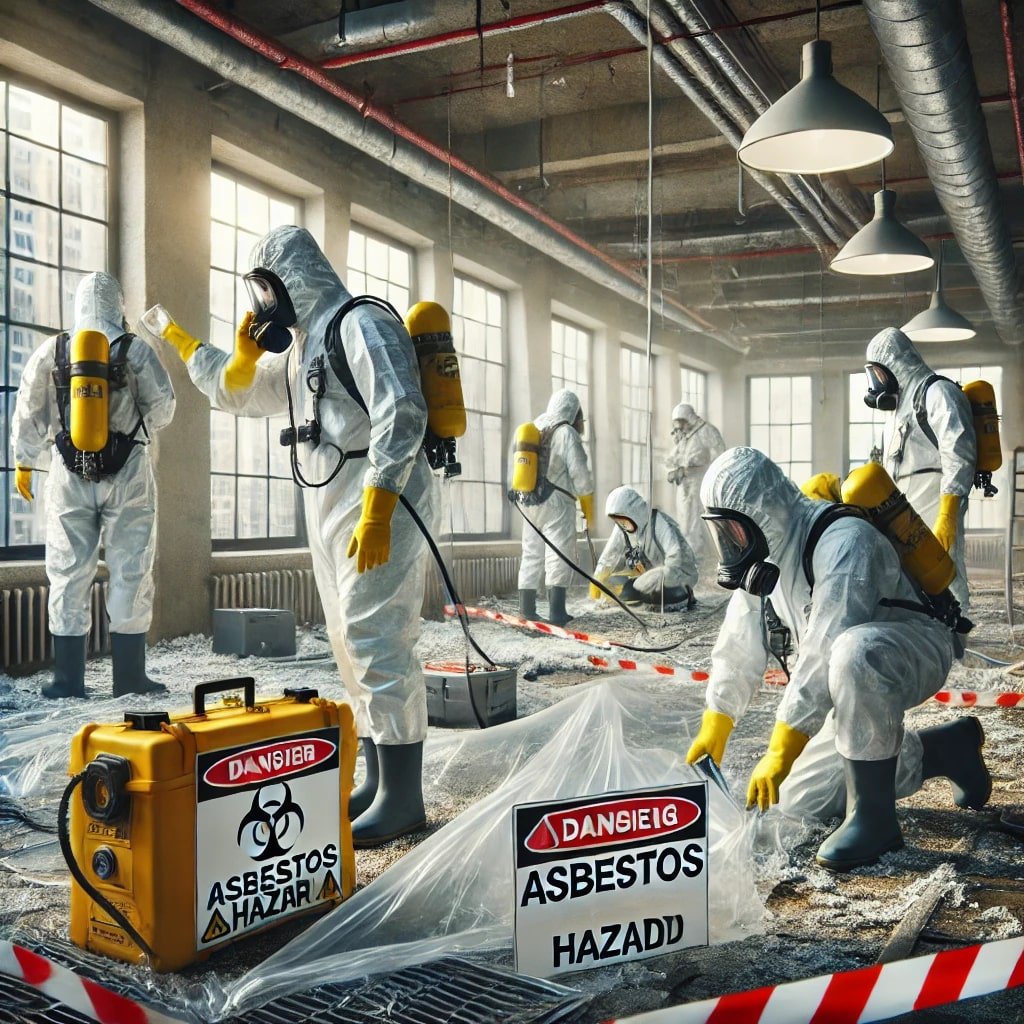Asbestos is a hazardous material once commonly used in construction for its fire-resistant properties. However, it poses significant health risks when its fibers are inhaled, leading to serious diseases such as asbestosis, lung cancer, and mesothelioma. Given the potential danger, it’s crucial for organizations and individuals to be prepared to handle asbestos accidents and exposure effectively. This blog outlines the steps and best practices for emergency response in the event of asbestos-related incidents.
Understanding the Risks
What is Asbestos?
Asbestos is a naturally occurring mineral composed of thin, microscopic fibers. These fibers are resistant to heat, fire, and chemicals, which made asbestos a popular material in building construction and other industries. However, when asbestos-containing materials (ACMs) are disturbed, they can release fibers into the air, posing a significant health risk if inhaled.
Health Implications
Exposure to asbestos fibers can lead to severe respiratory diseases. The most common health issues include:
-
Asbestosis: A chronic lung disease causing scarring of lung tissue.
-
Lung Cancer: A malignant tumor that invades and blocks the lung’s air passages.
-
Mesothelioma: A rare cancer affecting the lining of the lungs, chest, or abdomen.
Steps to Take During an Asbestos Accident
Immediate Actions
-
Stop Work Immediately: If asbestos is accidentally disturbed, cease all activities in the area immediately to prevent further fiber release.
-
Evacuate the Area: Ensure that all individuals leave the affected area promptly and safely. Avoid disturbing the material any further during evacuation.
-
Seal Off the Area: Close doors and windows to the contaminated area to contain asbestos fibers. Use warning signs to inform others of the hazard.
Notification
-
Notify Authorities: Inform your workplace’s health and safety officer or the designated asbestos coordinator about the incident.
-
Report to Regulatory Bodies: In certain jurisdictions, you may need to report the incident to local or national regulatory bodies such as the Occupational Health and Safety Administration (OSHA) or provincial occupational health and safety agencies.
Personal Decontamination
-
Remove Contaminated Clothing: Carefully remove any clothing that may have come into contact with asbestos fibers. Place contaminated clothing in a sealed plastic bag.
-
Shower and Clean Up: Shower thoroughly to remove any fibers from your skin and hair. Avoid using compressed air to clean off dust, as this can release fibers into the air.
Handling Exposure
Medical Evaluation
-
Seek Medical Attention: Anyone who may have been exposed to asbestos fibers should seek medical evaluation, even if they do not exhibit immediate symptoms.
-
Regular Monitoring: Regular health monitoring is essential for individuals who have been exposed to asbestos. This helps in the early detection of asbestos-related diseases.
Long-Term Management
Professional Cleanup
-
Hire Licensed Asbestos Abatement Professionals: Only trained and licensed asbestos abatement professionals should handle the cleanup and removal of asbestos-containing materials. These professionals follow strict protocols to safely remove and dispose of asbestos.
-
Air Quality Testing: Conduct air quality testing after cleanup to ensure that the area is free from asbestos fibers.
Prevention Measures
-
Regular Inspections: Regularly inspect buildings for signs of wear and tear on asbestos-containing materials. Address any damage promptly.
-
Training and Awareness: Educate employees and building occupants about the dangers of asbestos and proper handling procedures.
-
Asbestos Management Plan: Develop and maintain an asbestos management plan that includes procedures for routine inspections, maintenance, and emergency response.
Legal and Regulatory Compliance
Understanding Regulations
-
Know the Laws: Familiarize yourself with local, provincial, and federal regulations regarding asbestos handling and abatement. Regulations may vary by region.
-
Compliance: Ensure that all asbestos-related activities comply with these regulations to avoid legal repercussions and ensure the safety of all individuals involved.
Conclusion
Handling asbestos accidents and exposure requires prompt and effective action to mitigate health risks. By following the steps outlined above, individuals and organizations can ensure a safe and compliant response to asbestos incidents. Regular training, preparedness, and adherence to regulations are essential components of an effective asbestos emergency response plan. By prioritizing safety and awareness, we can minimize the dangers posed by this hazardous material.



